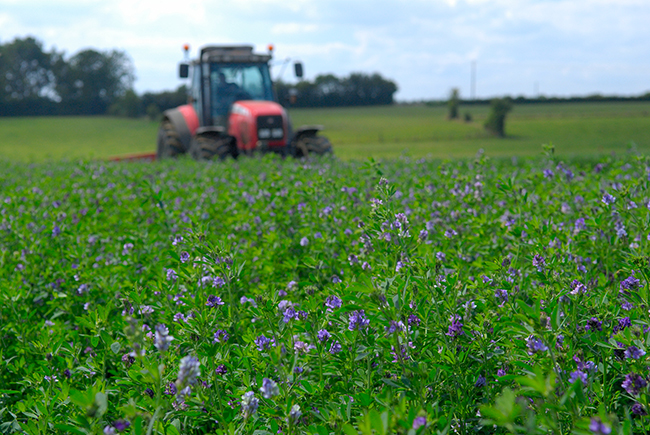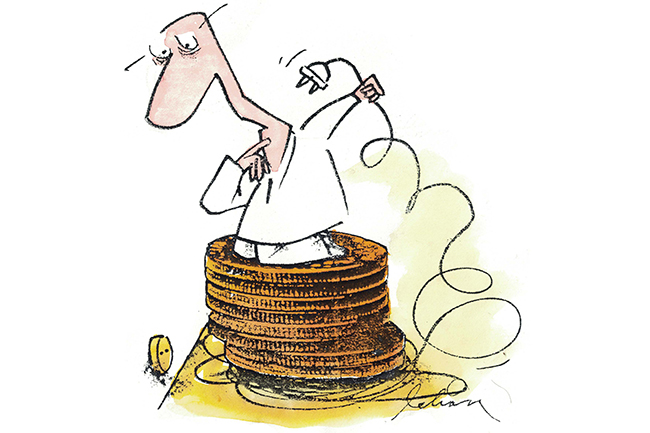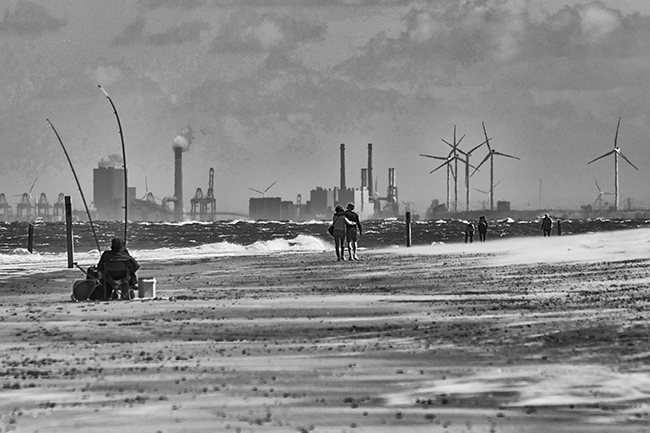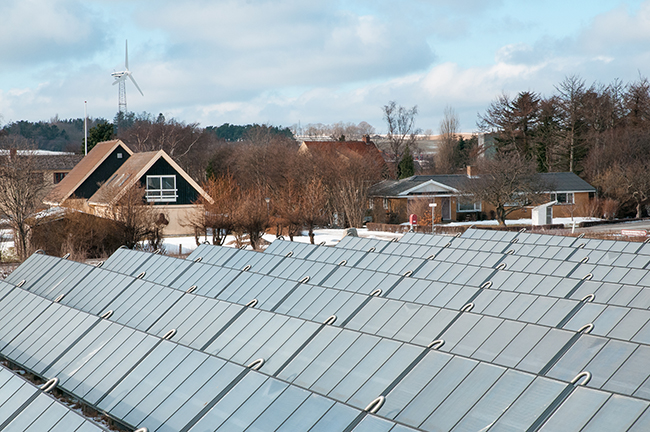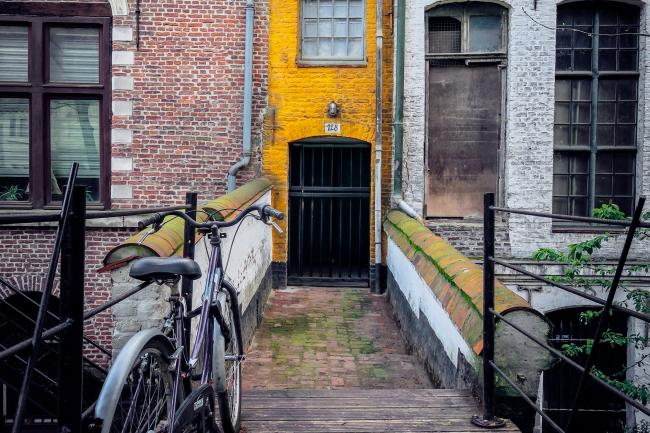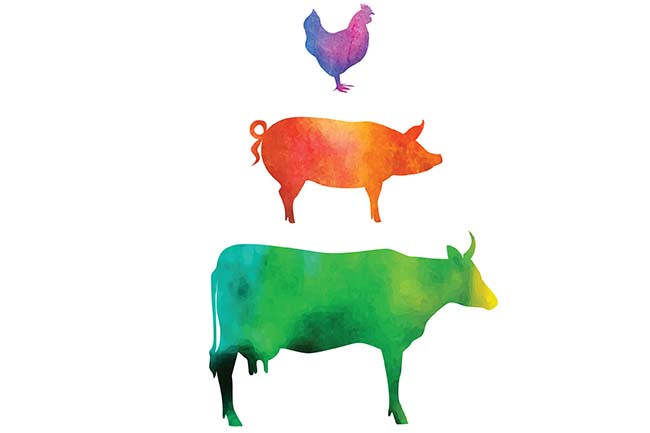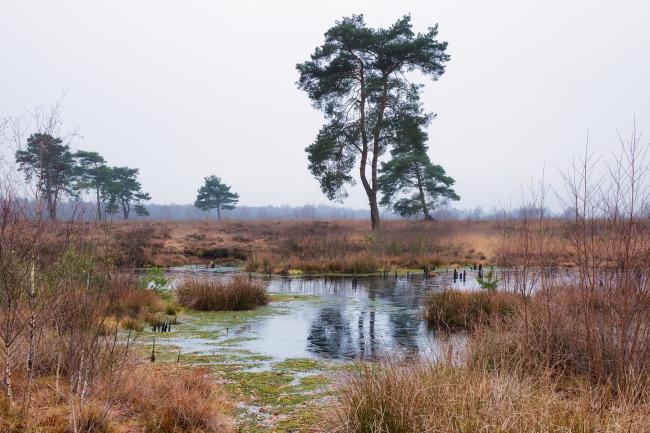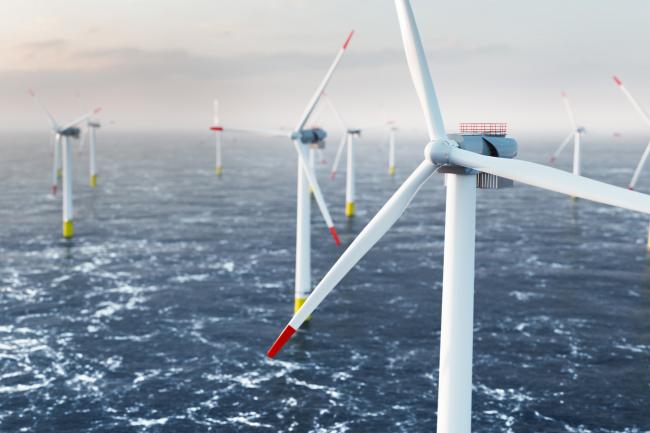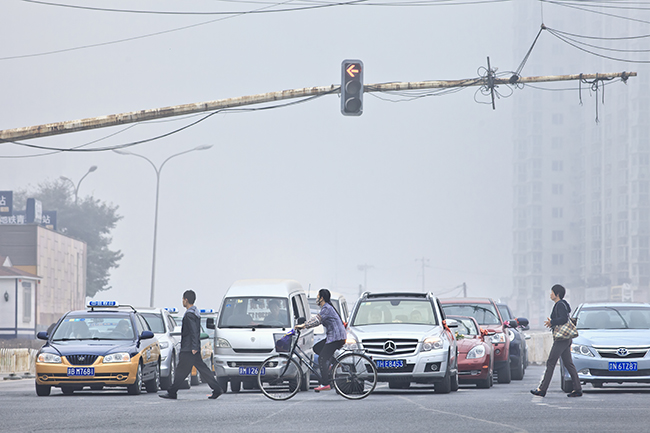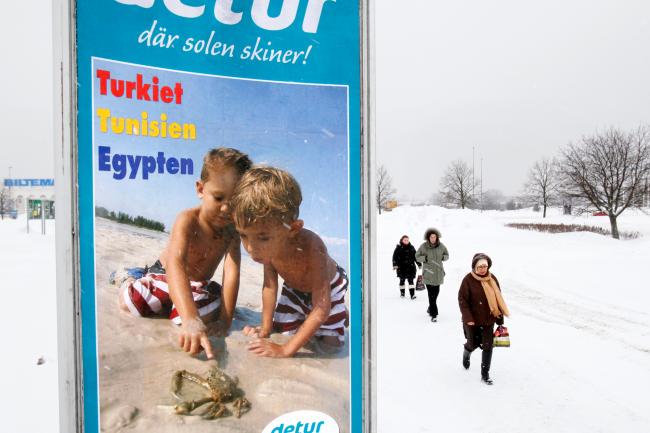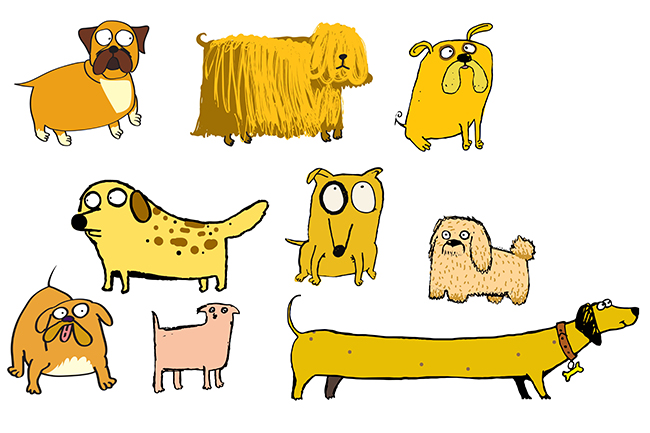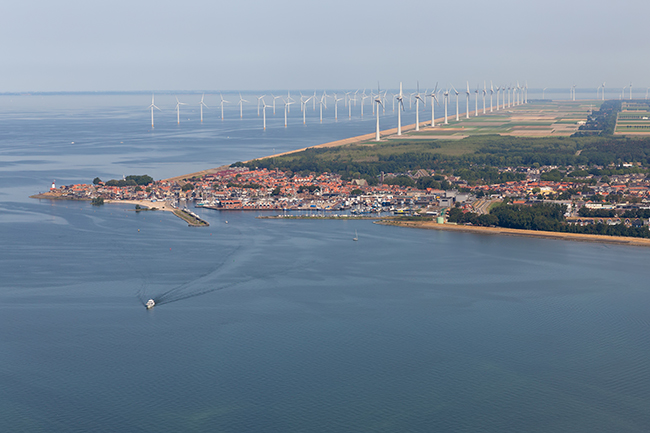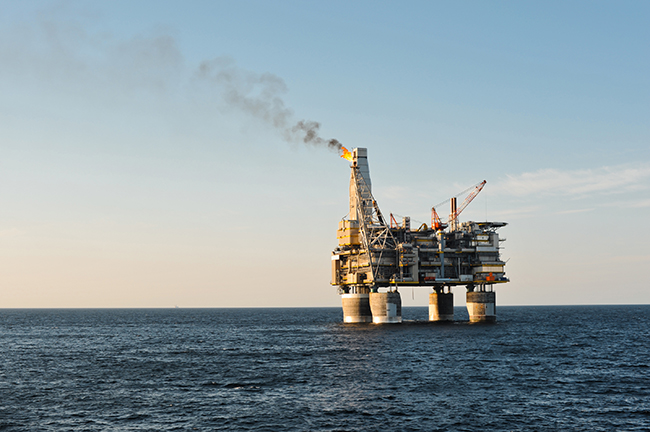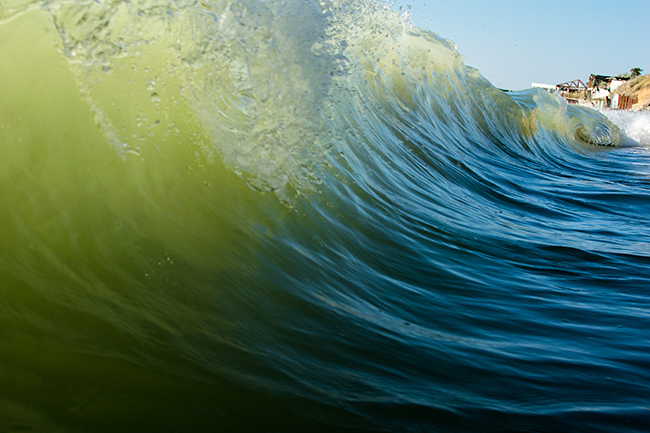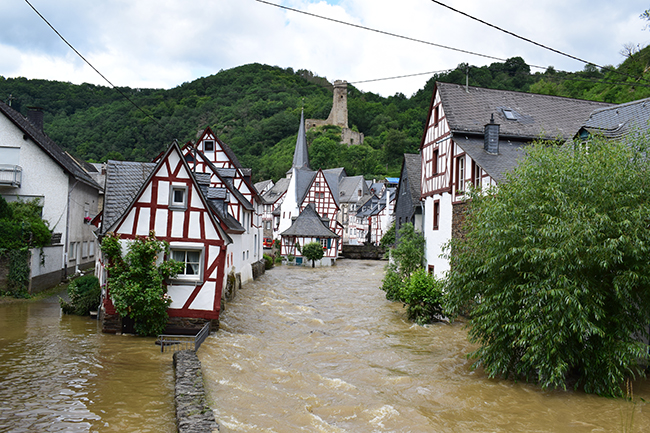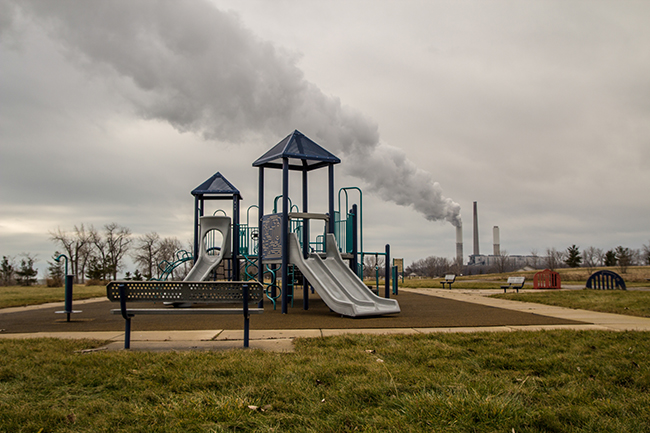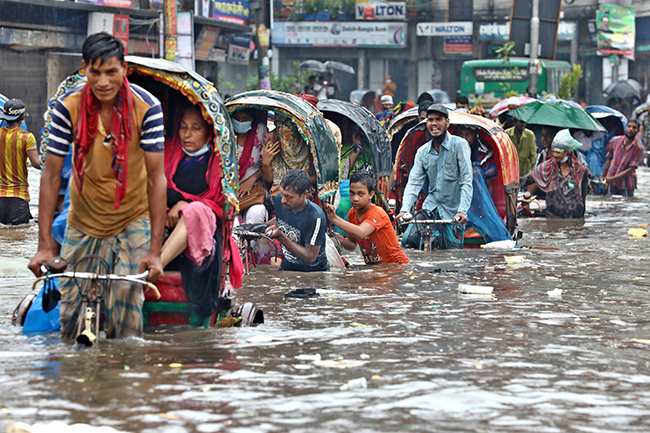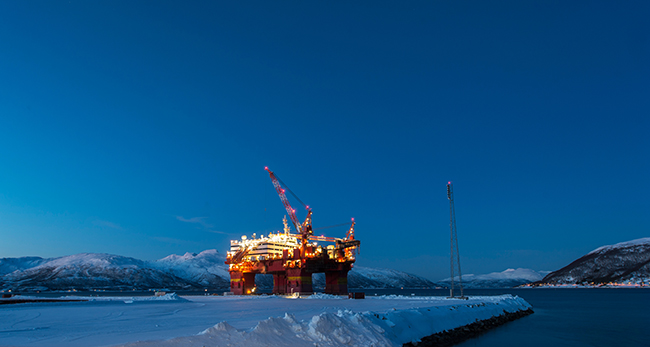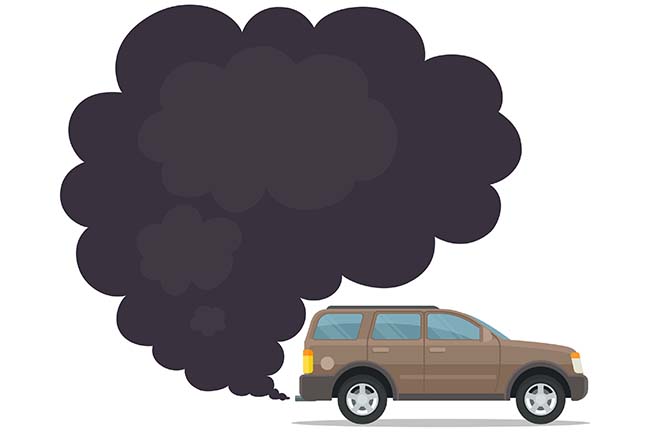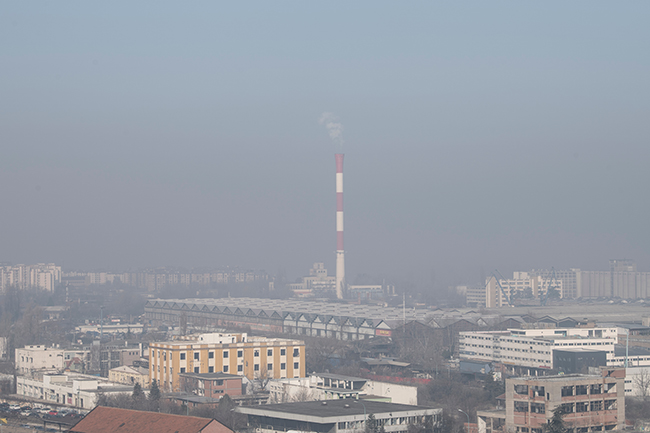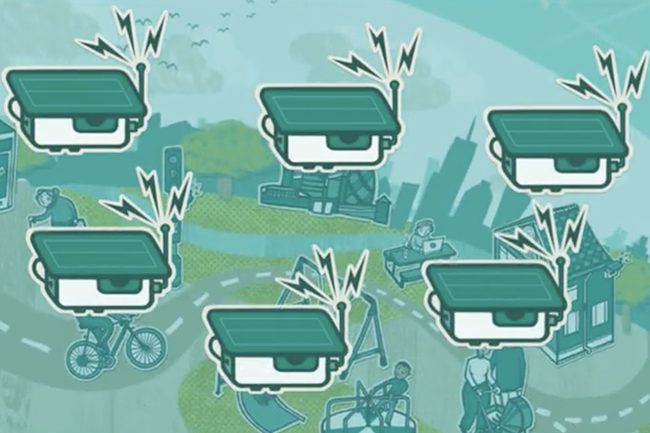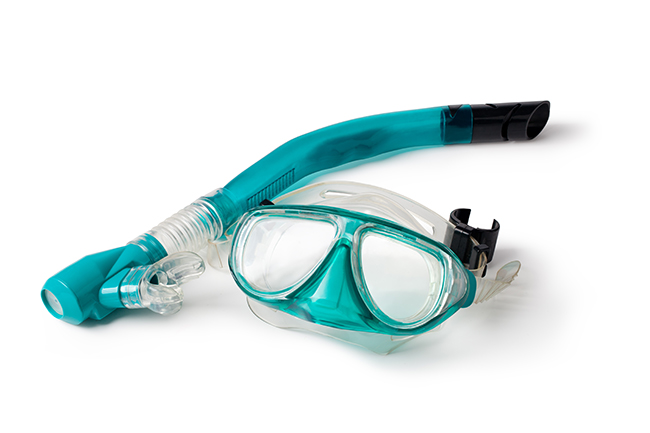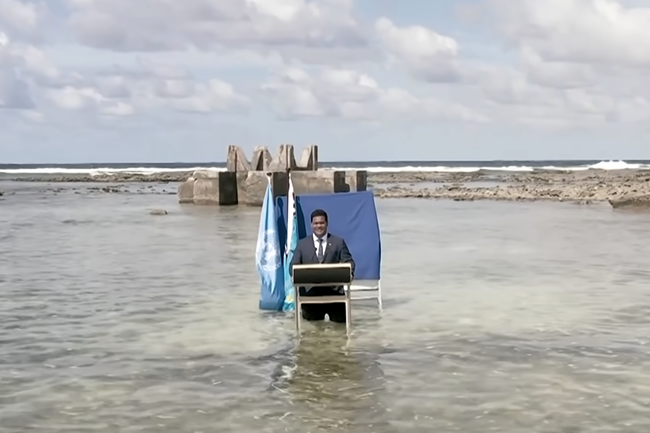Study shows that it is possible to halve nitrogen losses in Europe by abolishing synthetic fertilisers, reconnecting livestock and cropping systems and changing diets.
What if the Haber-Bosch process1 was never invented? The researchers behind the study “Reshaping the European agro-food system and closing its nitrogen cycle” do not express themselves so dramatically. But one of their main findings is that it is possible to manage food supply in Europe2 without synthetic fertilisers by 2050.
It is not given as much attention as it ought to be, but the backbone of the current European food-system consists largely of artificial fertilisers. Their introduction little more than a century ago enabled a decoupling of livestock and crop production. This in turn led to specialization in farming, which admittedly was also favoured by economics and agricultural policy. Today we see areas with only crop production and almost no livestock, and other areas with very high livestock density. Areas not optimal for either have been abandoned or planted with production forest. This has been a success in terms of productivity. But, unfortunately, not for the environment.
Synthetic nitrogen fertilisers are spread over the land in crop regions to maximise harvests. In livestock regions there is a need to import feed, since locally grown crops and grass are not enough. The production of manure is greater than the local need, resulting in over-fertilisation of crops. The average nitrogen surplus on European farmland increased by 34 per cent between the early 1960s and the mid 2010s. The increase since the 1930s when the use of fertilisers began to gain momentum is of course even greater. Losses to water and air have followed similar trends, causing air pollution, greenhouse gas emissions and eutrophication.
Today, eight per cent of EU agricultural land is cultivated with organic methods, i.e., without synthetic fertilizer. The authors of the study extrapolate the data available from existing organic farming to the whole of Europe. Among other things, they base their scenario on the crop rotations that are most common in different regions today.
A limit for nitrogen surplus is set at 35 kgN/ha/year, to ensure that nitrate leaching into groundwater is kept in line with the Nitrate Directive. This in turn acts as a cap for livestock concentrations since manure production must be kept within the limits. Applying this restriction more than halves the number of livestock in Europe. At the same time, their geographical distribution becomes more even.
Besides nitrogen-fixing crops and manure, they also include recycled human urine as a fertiliser. This assumes a wide uptake of urine separation and lifting the ban on human excreta in the EU organic farming regulation. Seventy percent of the nitrogen in human excreta is considered to reach the fields. Crop yields are calculated based on the total nitrogen input, and organic crop rotations.
In the scenario the authors assume a European diet that is a middle ground of several previous suggested sustainable diets. The proportion of animal protein in the diet is slightly less than half that in today’s average European diet. This is largely replaced by cereals, legumes, fruits, and vegetables. But the intake of nitrogen in the diet is also reduced by about 20 per cent.
The harvests are then matched to the demand of humans and livestock. The countries in the scenarios are assumed to strive for self-sufficiency. In some countries this was not possible and import from neighbouring countries is then allowed. Trade between the scenario countries is approximately halved. In Europe as a whole, there is enough food to feed the estimated population of 600 million by 2050.
There is even a small surplus available for export outside Europe, although only a fraction compared to current exports: 7% of cereals and 36% animal products. One might wonder if this would be a threat to food security on other continents. The authors believe that this would not be the case, since the current export level is far outweighed by imports of oilseeds and forage (e.g. soybeans), fruit and vegetables. When Europe becomes more self-sufficient in food and feed, land resources in the rest of the world will be released that can be used for their domestic food production.
So, the scenario shows that there is enough to eat. What are the environmental results? This nitrogen-sparing agro-food system is calculated to reduce nitrogen losses linked to manure management by 53%. Overall nitrogen surplus is reduced by 57%. This is not addressed in the paper, but it can be assumed that because the number of livestock is more evenly distributed in the scenario, the effects will be even greater in the parts of Europe that have the highest animal densities today. Figure shows all the nitrogen fluxes under the scenario in comparison with the current situation.
In a press release3 the outcome of the scenario is summarised as follows: “it would in this way be possible to reinforce Europe’s autonomy, feed the predicted population in 2050, continue to export cereals to countries which need them for human consumption, and above all substantially reduce water pollution and greenhouse gas emissions from agriculture.”
Kajsa Pira
Source: Reshaping the European agro-food system and closing its nitrogen cycle: The potential of combining dietary change, agroecology, and circularity, One Earth, 18 June 2021 https://doi.org/10.1016/j.oneear.2021.05.008
1 The most widespread method of producing nitrogen fertilisers. It was invented by Fritz Haber in 1909 and adapted for industrial use by Carl Bosch one year later.
2 Europe is in this case defined as the EU member states, United Kingdom, Norway, Switzerland, Albania and the countries previously belonging to the Yugoslavian Republic.
3 Press release, CNRS, 18 June 2021, https://www.cnrs.fr/en/organic-farming-could-feed-europe-2050

Figure: Nitorgen fluxes involved in the agro-food system of Europe. The chart above is based oxn data for the 2009–2013 period. The chart below on data from the agroecological scenario for 2050.

